Significance
Baishatun Mazu Foot Pilgrimage is Taiwan’s longest foot pilgrimage in terms of distance. It is also the only pilgrimage that changes its route, length in time, and choice of stops each year. The route is determined by Mazu (see “Pilgrimage Route Ordained by Mazu” below for more details), and once even followed an ancient pilgrimage route that required followers to ford the Zhuoshui River. It is unquestionably the most unique pilgrimage in the country. The procession, rituals, folklore performance teams (zhèntóu), and welcoming ceremony at the final destination of the pilgrimage all reflect the unaffected grace of this folk custom. Baishatun Mazu Foot Pilgrimage is regarded as one of the two biggest Mazu pilgrimages in Taiwan (the other being the Dajia Mazu Pilgrimage).
History
Baishatun (literally “white sand village”) was originally dubbed Baishadun (“white sand heap”) by the settlers who arrived in the mid-eighteenth century. Early residents had among them a Mazu statue that they enshrined in a villager’s house to provide spiritual support to the whole village. In the mid-1800s, local villagers began raising funds to construct a temple, which was completed in 1863. The foot pilgrimage, with more than two-hundred years of history, began long before the temple was built. Its distance is the longest among all Mazu pilgrimages done on foot. Starting from Baishatun Gongtian Temple in Tongsiao, Miaoli County, the pilgrimage winds through Taichung, Changhua, and Yunlin Counties, finally stopping at Beigang Chaotian Temple before it returns. The round trip is about four hundred kilometers in total. Another Mazu statue from the Shanbian Mazu Temple in Miaoli also joins the Baishatun Mazu statue on a sedan chair for the pilgrimage.
Special Features

1The Six Stages of the Bombing of the DragonThe bombing of the dragon event is divided into six stages. The first is the making of the dragon (húlóng) before the Lunar New Year. The dragon is first made without eyes. On the 9th day of the first lunar month (the birthday of the Jade Emperor), the dragon eye-dotting ceremony (xiánglóngdiǎnjīng) is held to symbolize divine spirit entering the dragon to bless the people and the start of the festival. Finally, the final four stages take place on the day of the Lantern Festival, namely the welcoming the dragon (yínglóng), walking with the dragon (niǎnlóng), the bombing of the dragon (huǒpánglóng), and the returning of the dragon to the heavens (huàlóngfǎntiān).
2The Making of the Dragon (húlóng)To construct the dragons, dragon lords first collect bamboo materials before the Lunar New Year. To reduce the number of people needed to operate the dragons during the dragon dances as well as preserve the strength of the performers, the bodies of the dragons are generally made with Giant Timber Bamboo, a species of bamboo that is light and tough, and abounds in the Miaoli region. The dragons are decorated in gold, silver, blue, green, and red, colors representing the five basic elements in nature. The heads of the dragons are larger than those used in traditional dragon dances, and their tails are curled to the side, leftwards for male dragons and rightwards for female, a remnant of China’s patriarchal society in which men and women were symbolized by left and right, respectively. The dragons are always constructed with an odd number of body sections, typically nine, eleven, or fifteen.
3Drawing of the Dragon’s Eyes (xiánglóngdiǎnjīng)Hakka communities view dragons as semi-divine creatures. Therefore, dragons are usually first made without eyes. Once the dragons have been made, worshippers would pray to dragon gods to make the dragons auspicious and propitious, endow the beasts with the power to ward off misfortune, dispel evil, and protect common people, and then finally draw eyes on the dragons to invite gods’ divine spirits to the human realm. This ritual is held in the morning on the 9th day of the first lunar month (the birthday of the Jade Emperor) in Yuqing Temple, the venue of the bombing of the dragon.
4Welcoming the Dragon (yínglóng) To Hakka communities, the welcoming the dragon celebration during the Lantern Festival embodies two meanings, the first of which is to welcome the arrival of the dragon, and the second of which is to celebrate the festival (via dragon dances). Hakka communities believe that the arrival of dragons is identical to the arrival of gods and brings good luck.
To Hakka communities, the welcoming the dragon celebration during the Lantern Festival embodies two meanings, the first of which is to welcome the arrival of the dragon, and the second of which is to celebrate the festival (via dragon dances). Hakka communities believe that the arrival of dragons is identical to the arrival of gods and brings good luck.
5Walking with the Dragon (niǎnlóng)It is believed that walking with the dragon brings protection and good fortune. Every year, countless people gather to walk in procession with the dragon, which is reminiscent of past Hakka tradition.
6The Bombing of the Dragon (huǒpánglóng) The bombing of the dragon, a tradition in the Hakka community, differs from dragon dances performed during other traditional temple competitions. The Hakka dance pays great attention to the footwork employed by the dragons as they progress through the streets. In addition, because the downtown Miaoli area featured narrow streets in the early days and the crowd regularly bombed the dragons with strings of firecrackers, the dragon dancers learned to run and dodge the explosive fireworks. This led to the twists, reversals, and undulating movements of the Hakka dragon dance. The crowd throwing firecrackers and the dancers evading the fireworks ultimately resulted in today’s one-of-a-kind spectacle of the bombing of the dragon.
The bombing of the dragon, a tradition in the Hakka community, differs from dragon dances performed during other traditional temple competitions. The Hakka dance pays great attention to the footwork employed by the dragons as they progress through the streets. In addition, because the downtown Miaoli area featured narrow streets in the early days and the crowd regularly bombed the dragons with strings of firecrackers, the dragon dancers learned to run and dodge the explosive fireworks. This led to the twists, reversals, and undulating movements of the Hakka dragon dance. The crowd throwing firecrackers and the dancers evading the fireworks ultimately resulted in today’s one-of-a-kind spectacle of the bombing of the dragon.
7The Returning of the Dragon to the Heavens (huàlóngfǎntiān) At the end of the bombing of the dragon event, the dragons, which have been “lit” (that is, the auspicious animals have been imbued with a spirit, similar to the idea of statues being consecrated with the spirit of a god), must be burnt to release the dragon spirits so that they can return to heaven. The dragon teams burn the dragons to show their appreciation to the gods, signifying a successful end to the celebration.
At the end of the bombing of the dragon event, the dragons, which have been “lit” (that is, the auspicious animals have been imbued with a spirit, similar to the idea of statues being consecrated with the spirit of a god), must be burnt to release the dragon spirits so that they can return to heaven. The dragon teams burn the dragons to show their appreciation to the gods, signifying a successful end to the celebration.
Reminders
The bombing of the dragon event, which takes place in front of Miaoli’s Yuqing Temple, runs from the 1st day of the first lunar month to the day of the Lantern Festival (the 15th day of the first lunar month). Visitors participating in the event are asked to wear surgical masks and long-sleeved clothing to prevent firecracker burns.
Panoramic
Directions